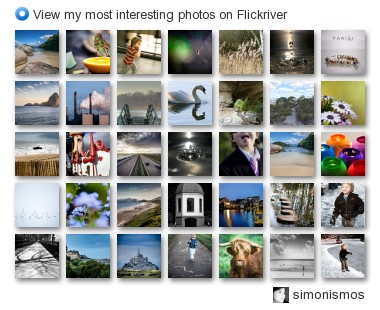Tuesday, January 10
AHA Photographic moments III
I am de-LIGHTed to write another of my AHA, WOW, WTF photographic moments.
The first one went about being present.
The second one was talking about camera shake.
And now, just because we are on the edge of the dark winter days here near the Pole, I will reinforce something I have learned about sunny days. Just because I miss the sun so much. I am telling it out-loud. Sunny days are BAD for photography.
Earlier, on the memorable times of film, sunny days could be quite interesting. But now, with our current digital technology, sunny days can be dreadful for our beloved images.
It goes all about something called Dynamic Range. I am not going to repeat what is already on the net about the subject. The only thing I will tell is why I get so annoyed with sunny days.
This poor boy doesn't have dark eyes. He was not tired but the contrast among the darkest part of this face (a stripe on his eyes caused by the shadow of his abundant hair) and the area that is reflecting the full sun is far too big to be captured smoothly by the camera.
Another example are the spots on the face of my friends under a partial shadow/partial sunny situation.
After some observation, I have made a mental step list that I always go through when I point the camera (one of the 2.736 step lists).
1) I point the camera
2) I look into the viewfinder and try to identify contrasts
3) If I have a situation of partial shadow/partial sun, I try to move my subject to be fully in one of the two situations - preferably the shadow but if there is no good shadow (the shadow is full of light patches) then I prefer the full sun.
4) If I can't find any shadow, I try to reflect some light on my subject. It can be a purse, a wall, even a car can reflect some light back on the face of my victim. I don't carry a reflector very often, but if I do, I use it.
5) If my camera has a flash, I use it. Most automatic cameras do a reasonable job but I always stop the power of the flash down to 2 or 3 stops, depending on how strong the sun is.
and something a bit more advanced, for the ones who dare go deeper into the camera menu:
6) If the camera has a central metering mode, choose for it instead of leaving it to measure on the average. Use it and allow the face of your victim to be in the middle of the frame. This will avoid the situation where you have a gorgeous blue sky and a dark face.
But remember: we can't have both gorgeous blue skies AND correct exposed faces, unless we use one of the items 4 and 5 mentioned above. It is also possible to overlap different images and use Photoshop to "reveal" the parts that are dark. What is also possible is to use the technique called "dodging" on the face of the victim using any image manipulation software (Picasa has it) but I must tell that the results are not really that fantastic.
In fact, this contrast sometimes also plays on my side, like the image on the top of the post, where I exposed for the sky and got the nice silhouette of that tower on the image.
Have a happy week!
Subscribe to:
Post Comments (Atom)




Ó nóis aqui traveiz!
ReplyDelete